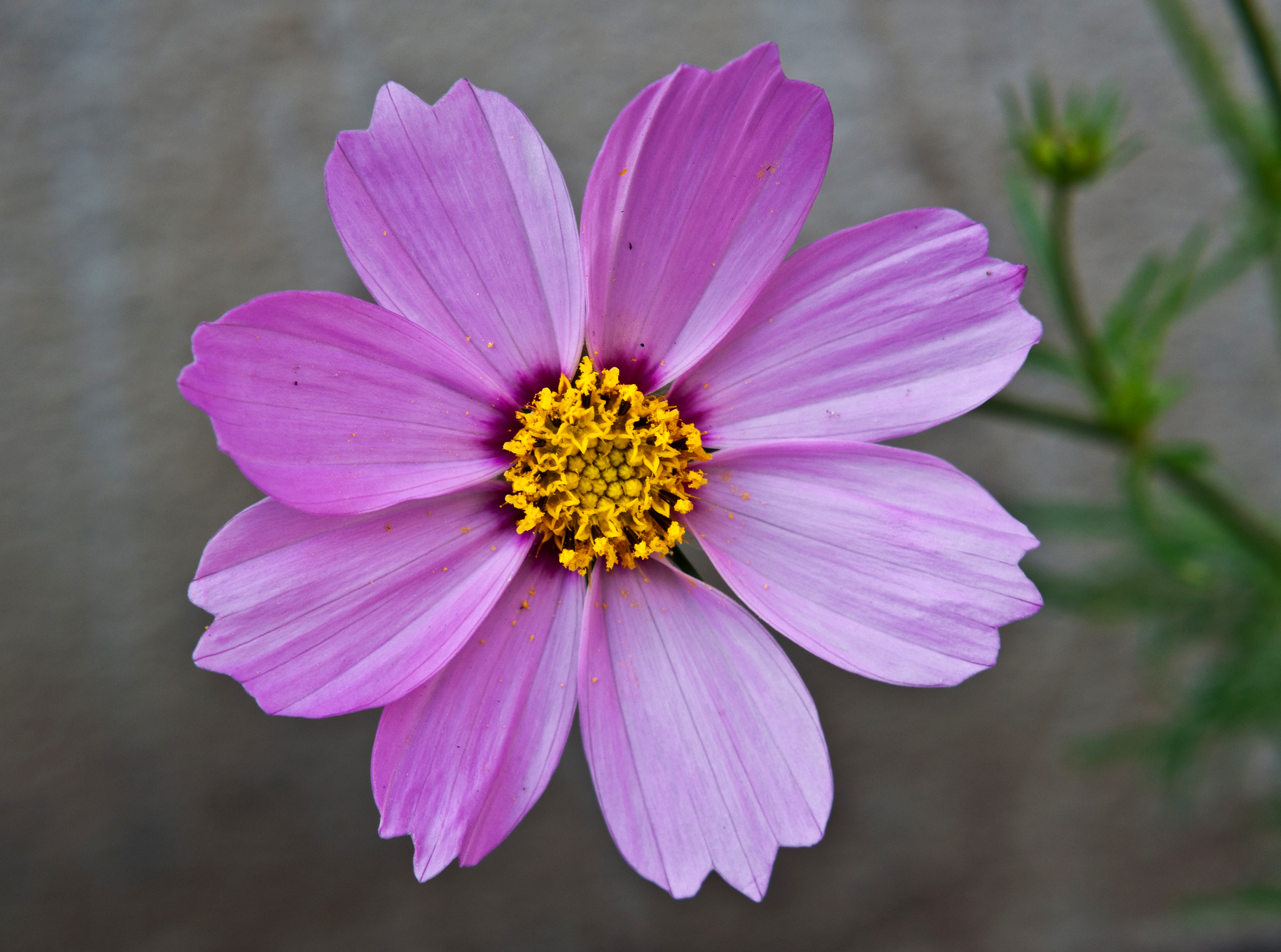October Birth Flower
By Naeem Noor | Updated on February 28, 2024
Reviewed by Rittika
The month of October has two birth flowers. The primary birth flower is the marigold, and the secondary flower is the cosmos.
October birth flower – Marigold
Marigolds, scientifically known as Tagetes, are distinguished by their vibrant colors and powerful fragrances. The leaves of the blooms are usually neatly cut and positioned opposite each other on the stems, either solitary or grouped.
Originating in North and South America, marigolds are admired around the world for their bright blooms and low maintenance requirements.
The common name, marigold, is a shortened version of “Mary’s gold.” It is said that the Virgin Mary inspired the name. Numerous societies had the belief that the bright colors of orange and yellow, which symbolize the Sun’s beams, could assist in guiding departed loved ones to the afterlife.
Marigolds are a symbol of the rising sun, warmth, creativity, optimism, and prosperity. The flowers have also been associated with death and sorrow.
There are three main types of marigolds: French, African, and Signet. Marigolds can be orange, yellow, red, gold, white, or any combination of those colors. Yellow marigolds represent sorrow, orange marigolds represent bravery, inner force, and courage, red marigolds represent passion and love, gold marigold represents the sun’s radiant power, while the white stands for innocence and purity.
Marigolds have been grown for their aesthetic value, medicinal qualities, and cultural importance for ages. They were used by the ancient Greeks and Romans to color textiles and make cosmetics. The petals of marigold contain antioxidants, which can help reduce inflammation and protect cells from free radical damage. Marigold cream accelerates sunburn and eczema wound healing.
Fun fact: In India, marigolds are traditionally used during weddings to bestow light upon the newlyweds.
October birth flower – Cosmos
Cosmos, scientifically known as Cosmos bipinnatus, are small, fragile flowers resembling daisies that grow on long, thin stems that may reach heights of up to 6 feet. The colorful petals radiate out from a yellow center.
Cosmos is native to Mexico but has spread to other regions of the world. Priests frequently plant them in their gardens to create harmony and order because the genus name, kosmos, is derived from the Greek term for order and harmony of the universe.
For a very long time, flowers have stood for harmony, balance, and order—all of which express inner peace and stability. Some see it as a symbol of innocence, pleasure, love, and peace.
They come in a range of colors including pink, white, and shades of red. A red cosmos represents love and passion, pink represents a mother’s love, yellow symbolizes friendship, and white is a sign of faithfulness and devotion.
For generations, people have grown cosmos for their decorative qualities. In addition, they contain antibacterial and anti-inflammatory qualities and have been used to cure skin conditions, prevent infections, and increase blood flow.
Fun fact: It was traditionally thought that the cosmos might draw fairies to gardens.
October birth flower calendar
- October 1 birth flower
- October 2 birth flower
- October 3 birth flower
- October 4 birth flower
- October 5 birth flower
- October 6 birth flower
- October 7 birth flower
- October 8 birth flower
- October 9 birth flower
- October 10 birth flower
- October 11 birth flower
- October 12 birth flower
- October 13 birth flower
- October 14 birth flower
- October 15 birth flower
- October 16 birth flower
- October 17 birth flower
- October 18 birth flower
- October 1 birth flower
- October 20 birth flower
- October 21 birth flower
- October 22 birth flower
- October 23 birth flower
- October 24 birth flower
- October 25 birth flower
- October 26 birth flower
- October 27 birth flower
- October 28 birth flower
- October 29 birth flower
- October 30 birth flower
- October 31 birth flower
Guess the Flags Quiz
Sharing is caring 🤗

Marigold
| Scientific name | Tagetes |
| Family | Asteraceae |
| Kingdom | Plantae |
| Order | Asterales |
| Tribe | Tageteae |

Cosmos
| Scientific name | Cosmos bipinnatus |
| Family | Asteraceae |
| Kingdom | Plantae |
| Order | Asterales |

